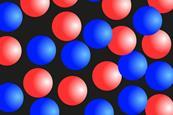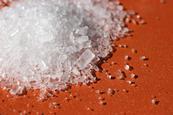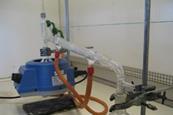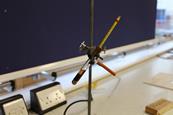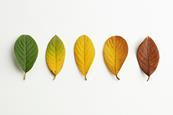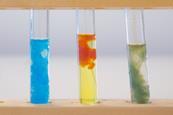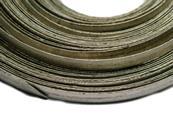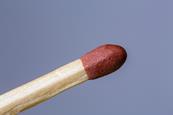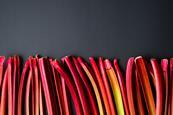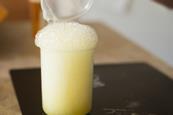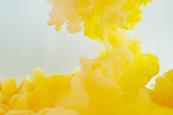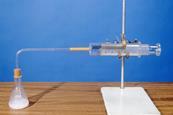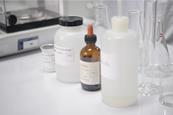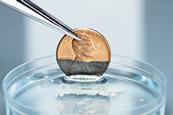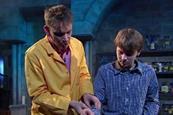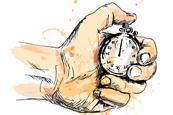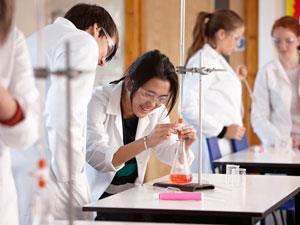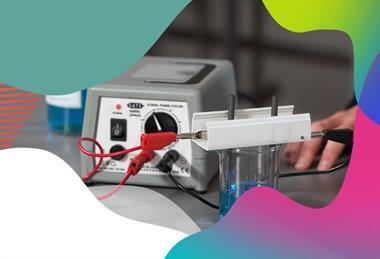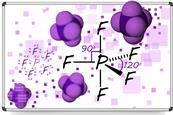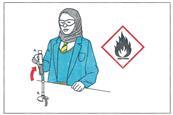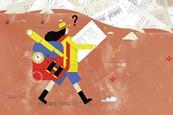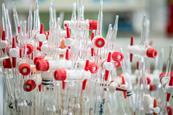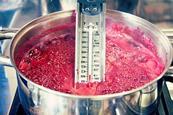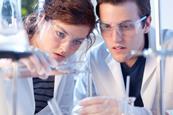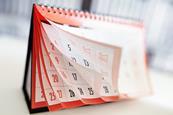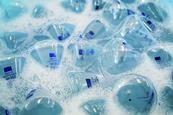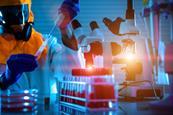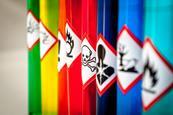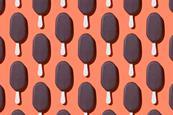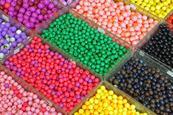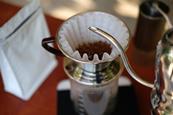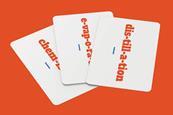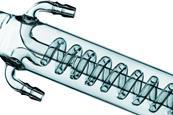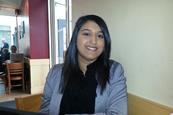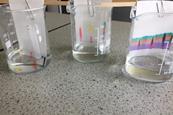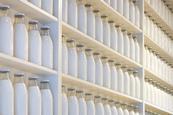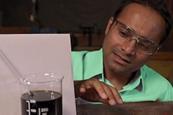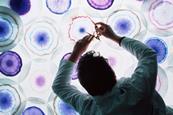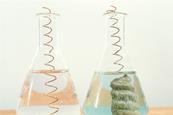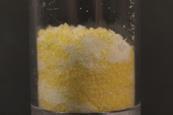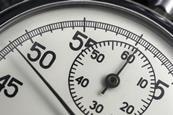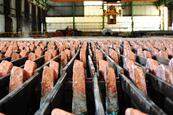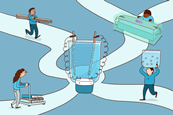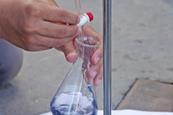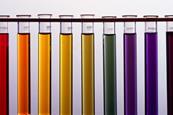- Home
- I am a …
- Resources
- Collections
- Remote teaching support
- Starters for ten
- Screen experiments
- Assessment for learning
- Microscale chemistry
- Faces of chemistry
- Classic chemistry experiments
- Nuffield practical collection
- Anecdotes for chemistry teachers
- Literacy in science teaching
- More …
- Climate change and sustainability
- Alchemy
- On this day in chemistry
- Global experiments
- PhET interactive simulations
- Chemistry vignettes
- Context and problem based learning
- Journal of the month
- Chemistry and art
- Classic chemistry demonstrations
- In search of solutions
- In search of more solutions
- Creative problem-solving in chemistry
- Solar spark
- Chemistry for non-specialists
- Health and safety in higher education
- Analytical chemistry introductions
- Exhibition chemistry
- Introductory maths for higher education
- Commercial skills for chemists
- Kitchen chemistry
- Journals how to guides
- Chemistry in health
- Chemistry in sport
- Chemistry in your cupboard
- Chocolate chemistry
- Adnoddau addysgu cemeg Cymraeg
- The chemistry of fireworks
- Festive chemistry
- Collections
- Education in Chemistry
- Teach Chemistry
- Events
- Teacher PD
- Enrichment
- Our work
- More navigation items
Chemistry for science teachers
Classroom resources and activities from our professional development course for non-specialist teachers of chemistry
This collection is most valuable to those who have attended our Chemistry for science teachers course (formerly ‘Chemistry for non-specialists’) and wish to put into practice some of the ideas and activities presented as part of that event. Please note that this list is not exhaustive; not all trainer activities have a corresponding classroom resource. In some circumstances there is variation between the training resource and classroom resource.
Diffusion of gases and relative molecular mass
Try this class practical to explore the diffusion of gases and how relative molecular mass affects rate of diffusion. Includes kit list and safety instructions.
Supercooling and the energetics of freezing
Explore what happens when a liquid is supercooled using sodium thiosulfate in this class practical. Includes kit list and safety instructions.
Distillation
Distillation separates liquids on the basis of them having different boiling points.
The fractional distillation of crude oil
Try this class practical or demonstration to simulate the industrial fractional distillation of crude oil. Includes kit list and safety instructions.
Leaf chromatography
Try this class practical to use paper chromatography to separate and investigate the pigments in a leaf. Includes kit list and safety instructions.
Microscale reactions of positive ions with sodium hydroxide
Try this microscale practical exploring the reactions of various positive ions with sodium hydroxide. Includes kit list and safety instructions.
Testing for negative ions
Guide students into testing for negative ions with this practical. Students note their own observations and use their knowledge to discover more. Includes kit list and safety instructions.
Displacement reactions between metals and their salts
Students will investigate competition reactions of metals and determine a reactivity series of the four metals used. Includes kit list and safety instructions.
Extraction of iron on a match head
Try this practical as a small scale example of metal extraction, reducing iron(III) oxide with carbon on a match head. Includes kit list and safety instructions.
Rate of reaction of potassium manganate(VII) and oxalic acid
Investigate the effect of surface area or concentration on rate of reaction using oxalic acid in rhubarb and potassium manganate(VII). Includes kit list and safety instructions.
Interpreting rate of reaction graphs | 14-16 years
Use this lesson plan for 14–16 year olds to practise interpreting rate of reaction graphs, revising factors such as concentration, temperature and surface area.
Hydrogen peroxide decomposition using different catalysts
Collect a range of catalysts to explore the decomposition of hydrogen peroxide, paying close attention to the varied reaction rates. Includes kit list and safety instructions.
Diffusion in liquids
Demonstrate that diffusion takes place in liquids in this practical using lead nitrate and potassium iodide. Includes kit list and safety instructions.
Electrolysis of potassium iodide solution
Find out how the electrolysis of a potassium iodide solution works with this practical. Includes kit list, and safety instructions.
The rate of reaction of magnesium with hydrochloric acid
A class practical on reacting magnesium with hydrochloric acid and how to measure the rate of reaction. Includes kit list and safety instructions.
A microscale acid–base titration
Use microscale titration to complete an acid–base neutralisation with sodium hydroxide in this class practical. Includes kit list and safety instructions.
Titration
The addition of one reagent (the titrant) from a burette to another reagent until an end-point is reached is known as a titration. These have to be done with great care and precision to establish reliable and accurate results.
Displacement reactions
Activities, tips and ideas to help students get to grips with the reactivity series
The equilibrium between two coloured cobalt species
In this demonstration the equilibrium between two different coloured cobalt species is disturbed. Le Chatelier’s principle is used to predict a colour change.
5 ways to explain rate and equilibrium
Help your students understand the synergy between rate and equilibrium and answer exam questions successfully
Easier equilibrium
How bailing buckets can support students’ grasp of Le Chatelier’s principle
Ri Christmas Lectures® 2012: Allotropes of Carbon
A teaching resource on Allotropes of Carbon, supported by video clips from the Royal Institution Christmas Lectures® 2012.
Bonding models | Stretch and challenge | 14-16 years
Challenge learners to explore alternative models, using plasticine and cocktail sticks
A chemical stop-clock – iodine clock reaction
Get ready to be exact in your timings, and support learners to create an exact timed reaction. Includes kit list and safety instructions.
Practical videos
- Previous
- Next
Further reading for participants
Banish misconceptions with digital whiteboards
A quick, low-stakes way to see what students are thinking, with everything from 3D molecule modelling to organic chemistry
How to teach risk assessment skills
Help your students learn how to keep the laboratory safe
Improving practical work with integrated instructions
Do your students struggle to follow written instructions?
Making measurements
Help your students use appropriate apparatus to make and record a range of measurements
Monitoring reactions
Encourage students to observe and measure reactions
Observation skills
How to develop students’ observation skills in practical chemistry
Retaining knowledge from practicals
Research shows how a novel pedagogy aids the retention of learning over time
Thank you very much for being our technician
How appreciating technicians is appreciated by science technicians around the country
Hazards, safety and apparatus
Top tips for 11–14 chemistry classes
Lab safety
Encourage students to assess risk effectively
States of matter and particle theory
Progressing from macroscopic to the microscopic world of the particle
Mixtures and solutions
Top tips for 11–14 chemistry classes
Separation techniques
Distilling the essentials of separation
Why you need to teach literacy to teach dist-ill-a-tion
Students need to learn the language of science to make progress in chemistry
Practical distillation
How to develop your students’ distillation knowledge and practical skills
Neelum Munir: Chromatography sales specialist
Hayley Simon meets a chemist who built a successful career after some early setbacks
Let them get it wrong
How making mistakes improves learning
Chromatography fights food fraud
How chromatography helped solve a food safety crisis – includes classroom resources.
Iodine clock demonstration video
A video and teacher notes providing an introduction to reaction rates and kinetics, in which a colourless solution changes to dark blue.
Practical chromatography
Ideas for enhancing practical chromatography
Scaling new peaks
Nina Notman admires the plethora of different uses for the separation techniques known collectively as chromatography
Reactivity and displacement reactions
Consolidate students’ understanding with these engaging activities
Displacement reactions
Activities, tips and ideas to help students get to grips with the reactivity series
Rates of reactions
Steve Hacker explains how the concept of reaction rates could be introduced
Rate experiments
Enhance your rate of reaction practical work
Practical electrolysis
Ideas for enhancing electrolysis practical work
Different approaches build understanding
How a variety of practical work improves learning
Moles and titrations
Dorothy Warren describes some of the difficulties with teaching this topic and shows how you can help your students to master aspects of quantitative chemistry
Five steps to help students master mole calculations
Scaffold moles to build confidence
Acids and bases
Morag Easson explains how to neutralise student difficulties












